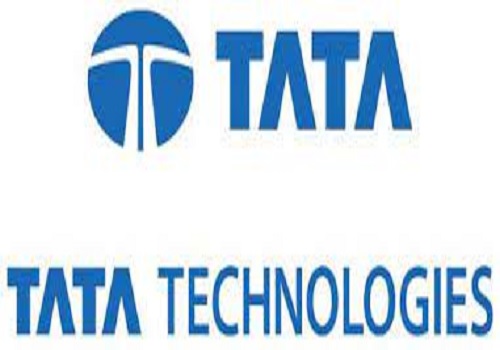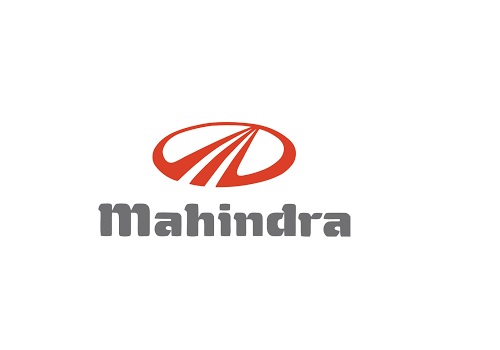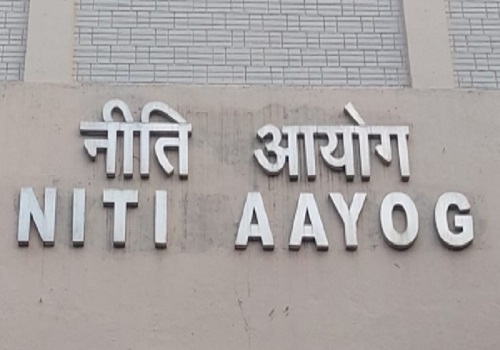India Strategy - Softening commodity prices; who benefits? By JM Financial Institutional Securities Ltd

Follow us Now on Telegram ! Get daily 10 - 12 important updates on Business, Finance and Investment. Join our Telegram Channel
https://t.me/InvestmentGuruIndiacom
Download Telegram App before Joining the Channel
This note analyses the implications of the correction in commodity prices on the sales, margins and volumes of multiple sectors. We have analysed how companies strategically manoeuvre through cycles and its impact on demand dynamics. The quantum of margin expansion varies across sectors, with the benefit starting to reflect with a lag of 1-2 quarters. Companies use the benefit of commodity correction in brand building and partly pass it on to prevent demand destruction. We conclude that the impact on volumes is limited to none, basis our findings, and we found no direct correlation between volume expansion and softness in input costs. Select sectors like Auto, FMCG and Cement outperformed sectors like ECD, Industrials in terms of valuation expansion. We prefer GCPL and Britannia in FMCG space; MSIL, TVS, HERO, APTY & CEAT amongst Autos. Havells is a preferred play in Consumer Electricals due to its offering in premium category while we back leaders like Ultratech and ACC in the Cement space
* Lagged effect on margins: Softening commodity prices have a positive impact on margins across sectors but the quantum of expansion varies and generally start reflecting with a one quarter lag, two quarters in case of autos, aviation and cement companies. The flowthrough to EBITDA was limited and largely depended upon competitive intensity, especially among FMCG and consumer electricals where benefits were partly invested in branding and some of it was passed on to prevent demand destruction. Metals sector, which in itself acts as an input to other industries, witnessed margin compression during past down cycles (Tata Steel) while it turned negative for SAIL. Lack of pricing power and upcoming capacity addition in the cement sector keeps a lid on their realisation but the fall in fuel/freight cost is likely to lead to better margin performance going ahead. In the chemicals’ space, companies with high linkage to crude (DNL, Galaxy) fare better compared to contract players (Navin, Anupam, PI).
* Does input cost really impact volumes? Relation between volumes and input cost is not that clear, as factors like economic growth, competitive intensity, regulatory actions, new launches, affordability also have a bearing on demand. It was observed in case of auto companies that while during FY10, softening RM, fuel and interest rate coincided with strong volumes the trend didn’t play out in a similar manner during FY17. Some observations include, 1) spike in fuel prices had a dampening effect on auto demand but falling fuel prices didn’t lead to the reverse being true, 2) Discounts are predominantly used to clear channel inventory / temporarily spur demand and not to pass on commodity benefit to the end market. In the FMCG space, volume growth expands with a lag outgrowing revenue growth as price cuts / grammage changes flow through.
* What moves Multiples? Deflationary period does lead to multiple expansions in select sectors like Auto, FMCG and Cement while it does not in case of consumer electricals and industrials. We observe that multiple re-rating in auto sector is mainly driven by expectation of strong volume growth and margin expansion, and these multiples tend to sustain even during the following inflationary cycle. During the past down cycles, metal companies have bottomed at 0.5x P/B while they currently trade at 1x P/B (higher spot EBITDA/ strong balance sheet). In the cement space, once the EBITDA/tonne bottoms out, multiples of midcaps tend to see sharper uptick vs. their large cap peers.
* Preferred bets: Our analysis reveals that lower revenue growth does not always imply lower profit growth as margins drive profit growth in benign cost scenario. APNT, HUL, GCPL and Britannia seem to benefit in this situation. Recent channel checks in the auto sector indicate companies have strategically renegotiated RM contracts to pass on price revisions on a quarterly basis vs. 2 quarters in the past, hence the favourable impact on margins would reflect with a quarter’s lag (3QFY23). MSIL, TVS and Hero stand to gain among OEMs while CEAT and APTY are preferred among auto ancs. Companies which are backward integrated and have strong balance sheet (Tata steel) are better placed to push higher volumes and reflect better realisation in the metals space. We pencil-in growth in cement volumes for FY23 and FY24 (7-8%) on the back of healthy infra demand (10%), our preference is tilted towards large players like Ultratech & ACC which could withstand and navigate through the competitive intensity. We expect theentire ECD space to benefit, and prefer Havells for its premium play. We have a constructive view on the real estate space (preferred picks: DLF and Macrotech) on the back of favourable demand-supply situation and the ability of players to monetise land banks and take calibrated price hikes. We prefer Voltas given its dominant position in RAC segment and its ability to pass on cost through price hikes.
To Read Complete Report & Disclaimer Click Here
Please refer disclaimer at https://www.jmfl.com/disclaimer
CIN Number : L67120MH1986PLC038784
Above views are of the author and not of the website kindly read disclaimer























